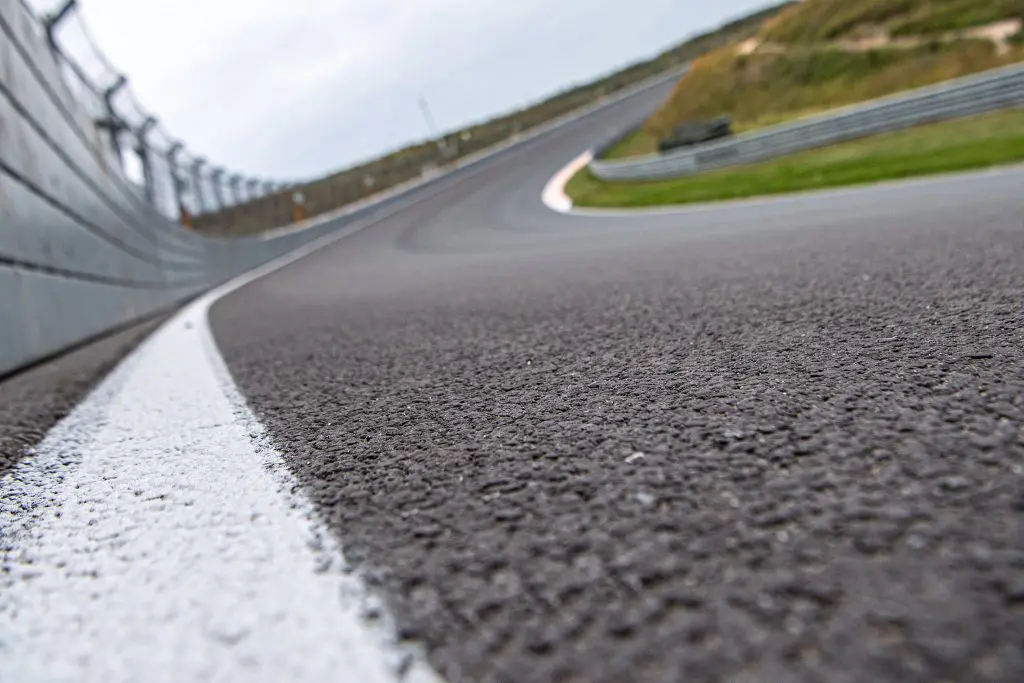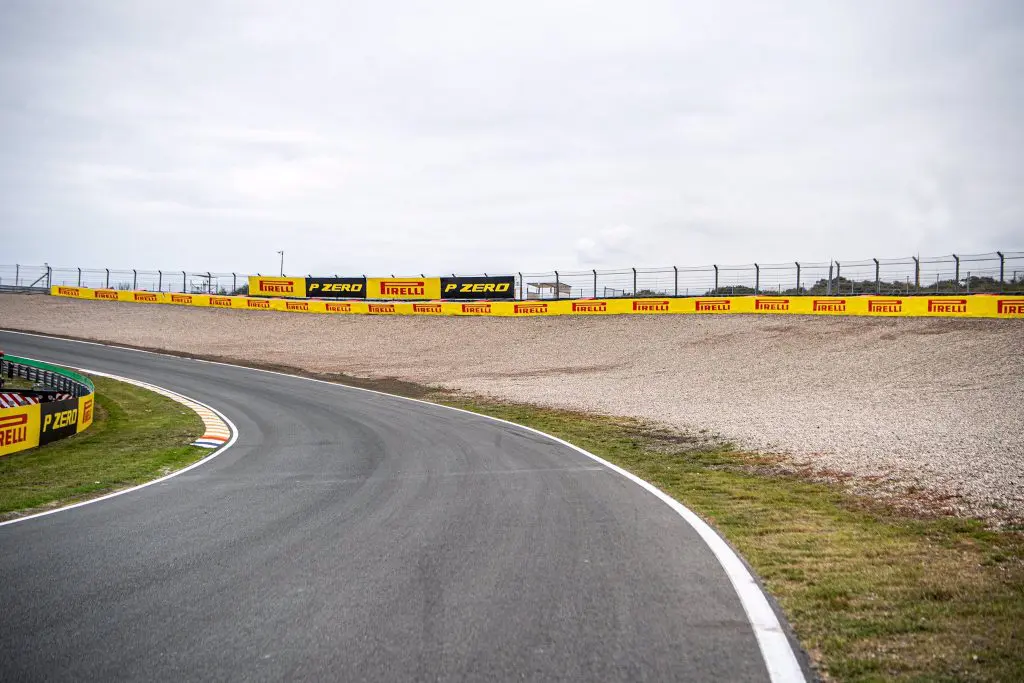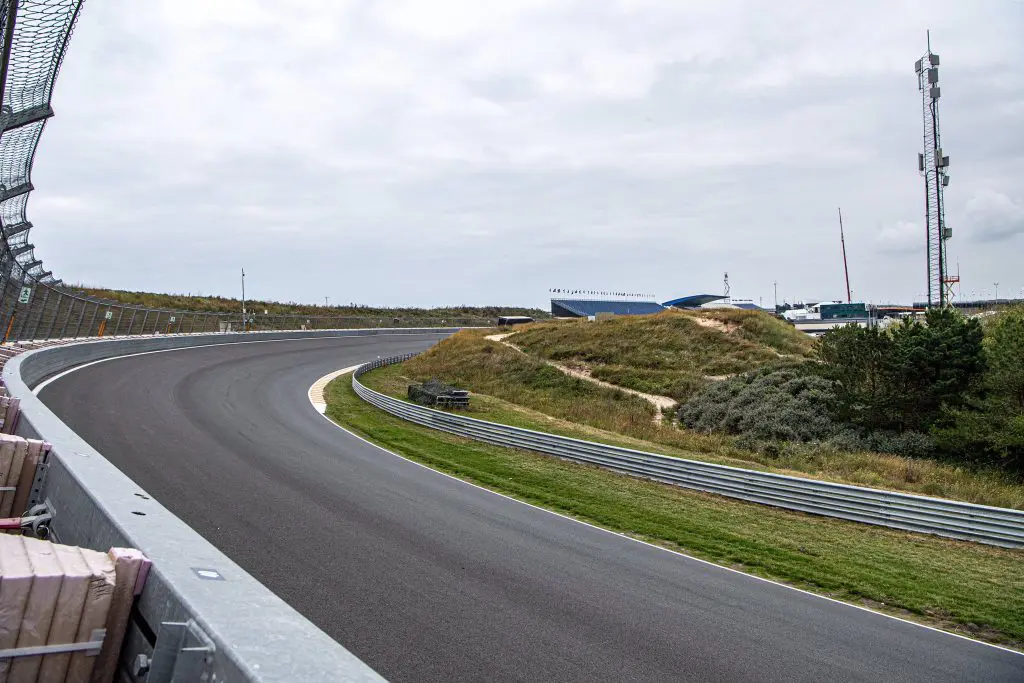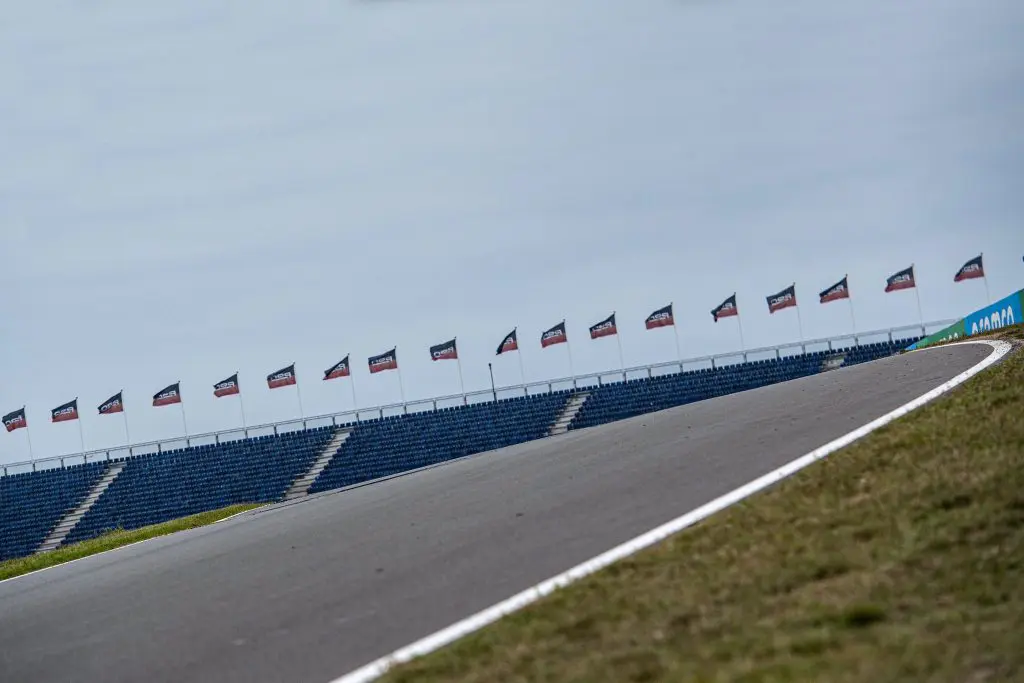Zandvoort returns to F1. A lot of time has passed since the last edition, held in 1985, and the layout of the track, compared to 36 years ago, has undergone a remodeling. It is useless to turn around it too much: despite the 3D movies and graphic rendering we don’t know much about it. Undoubtedly, the laps covered by Max Verstappen with an old Red Bull, on the occasion of a past event where the Milton Keynes technicians have certainly collected useful data, are interesting. From a very first glance, the track located on the Dutch North Sea coast appears fast but with an almost hypnotic tortuosity.
But how do teams approach a track where they have never raced? Each team has its own “To do list” to study aspects and characteristics of a new track. This work even begins a year before the event and, bearing in mind that the Dutch Grand Prix (read the technical preview here) had already been included in the F1 2020 calendar, insiders have already thoroughly investigated. Just knowing how fast each corner will be tackled, for example, can give you a good overview.
Having a complete scan of the track in your hands, meticulous, detailed and able to reproduce every single bump, curb or depression present, means being able to study the behavior of the car upstream, with the legs under the table. To then produce a basic setting with which to confront on Friday during the first day of free practice. A “map” that is inserted into the software to simulate every aspect of the weekend. A practice, this, carried out for any event on the calendar, mind you, but undoubtedly much more useful when the track in question has never been trodden.

The output of these algorithms will provide the right downforce, the correct suspension set-up and the most inherent engine mappings to use. You have to think about the ride height that you can use, what aerodynamic elements to mount and above all how to balance the car. These data, at least on paper, should optimize the lap on the Dutch track.
The drivers have spent a lot of time on the simulators in the weeks leading up to the GP and will come to the point with a very precise idea of the braking and acceleration points. They will also be aware of how the car will respond to driving on the curbs, a very important parameter to push an F1 car to the limit.
Once on the track, it will be up to the engineers to find the right car set-up, which will then be actually used in qualifying and in the race. To find it, in this case, many other factors will be involved. One of the most important, given the absence of “real” data collected over the last few years, concerns the driver’s personal feeling.
F1-Gp Olanda 2021-Analisi Ferrari: setting
Like any F1 car, the SF21 has very specific characteristics. Recalling the recent past of the 2021 single-seater, we can certainly assert that the Red prefers less challenging traction and asphalts, adapting better to circuits where vertical downforce must necessarily be more important. The high-speed corners of Zandvoort require a medium-high downforce aerodynamic package, a configuration in which, as mentioned, the car seemed very comfortable.
However, the fast corners of the Dutch track, alternating with short semi-straights, will put the engineers’ minds to the test. Ferrari (read the latest on the Red here) must be able to “produce” a high degree of precision on the front axle, an element on which the Cavallino Rampante technicians have worked a lot in recent months. In a world championship where updates have been set aside to dedicate all resources to 2022, the “specialization” on car set-up has generated several advantages.

Widening the set-up window, no longer forced to a “picky” set-up (except in specific cases such as Spa-Francorchamps where the engine deficit was too decisive), means being able to access the maximum competitiveness of the car. Starting from a basic set-up and then, once the performance of the machine has been studied, try to unload the wing a few points and find the right aerodynamic compromise.
On a mechanical level, the technicians dressed in red will focus on a slightly more rigid set-up that can guarantee an aerodynamic platform as stable as possible. It is therefore a question of finding the optimal front axle configuration that can best preserve the front axle and at the same time guarantee a good response in terms of speed when changing direction, one of the important elements on the Zandvoort track.
F1 – 2021 Dutch GP – Ferrari analysis: the power unit
The horse gap is always there. Although it has certainly decreased compared to the past season, the power deficit of the current engine continues to compromise the performance of the SF21. Fortunately, given the particular layout of the circuit, the impact of the engine should not be counted among the crucial factors of the weekend. The internal combustion engine (ICE) will push the car at full speed for approximately 68% of the lap.
The temperatures, decidedly mild for the current summer season, will allow Ferrari to use a bodywork with a more tapered configuration of the bodywork on the mechanical parts. A factor that will greatly increase the aerodynamic efficiency of the car, favoring the flows work of the rear.
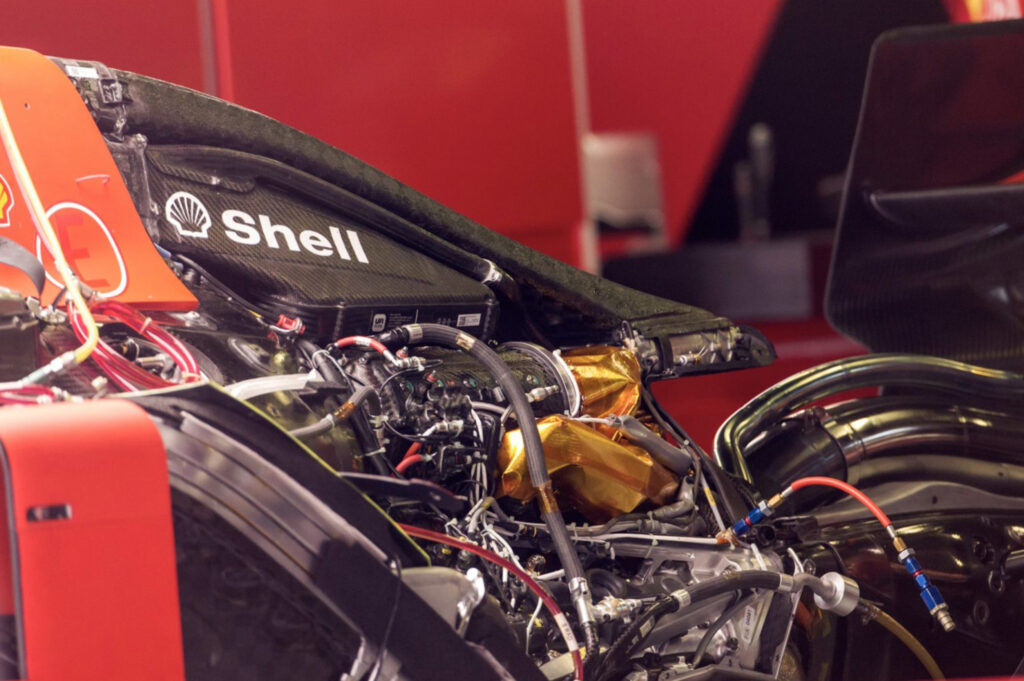
As for the hybrid component, which is the weak point of the Italian power unit (click for details on the alleged Mercedes irregularity), the engine technicians will have a much wider configuration range. The main straight of the Dutch track, in fact, will already allow the delivery of the 120 KW generated by the kinetic energy motogenerator to be spread more evenly, a factor that will partly help to “hide” the suboptimal efficiency of the PU.
The hybrid system, according to some information collected directly by FUnoAnalisiTecnica, was only optimized during the last two rounds of the F1 world championship. In fact, it seems that the Red is finally able to manage the energy generated by the MGU-K more effectively and consequently guarantee a more concrete power supply when using the K2 – K1 and K1 Plus overboost.
F1 – 2021 Dutch GP – Ferrari analysis: tires management
It’s a banality, we agree. But knowing how to make the most of the compounds, as always, will be one of the main factors for the Red. The Italian car should benefit not a little from Pirelli choices. For the Belgian Grand Prix, in fact, the hardest compounds available will be used: C1, C2 and C3. Compounds with which the single–seater from Maranello generated very interesting performances. Activating the tires will not create any particular problems, since the multiple high-speed curves will help to introduce energy into the tires.
On the long run, of course, we need to put a question mark. The degradation could be playing the role of a “crazy” variant, annoying and somewhat limiting in terms of performance. Only the track will tell us how tire wear will evolve, considering that a new asphalt is usually very smooth and dark. Factor that favors greater retention of the sun’s rays and at the same time facilitates the temperature rise.
Furthermore, the possibility that such a young pavement could release oils and viscous fluids seized during application that would make the track rather slippery, does not appear to be such a remote hypothesis. This is why Ferrari will try to “learn” as quickly as possible the behavior “induced” by the track and, consequently, optimize the car as best as possible.
Autori: Niccoló Arnerich – @niccoloarnerich – Alessandro Arcari – @Berrageiz
Traslation by: Patrizia Campanella
Foto: Scuderia Ferrari – F1TV


